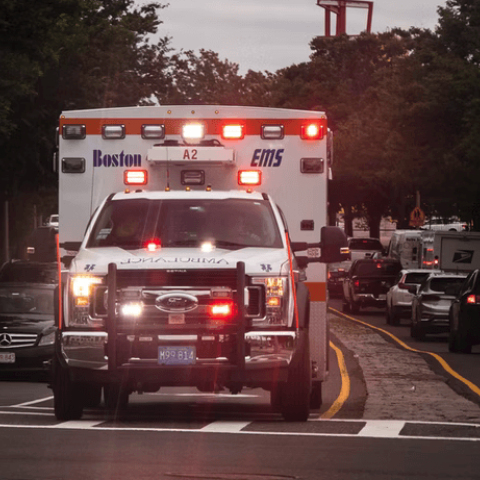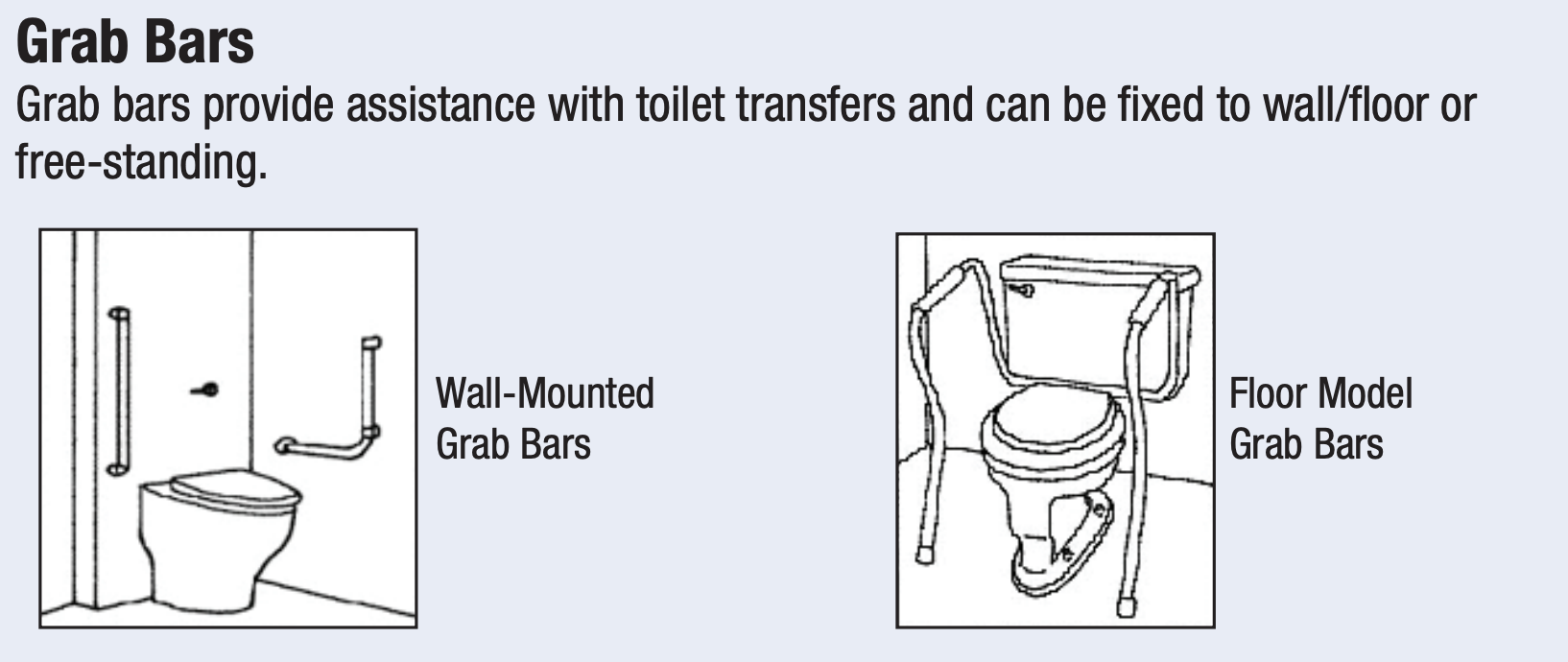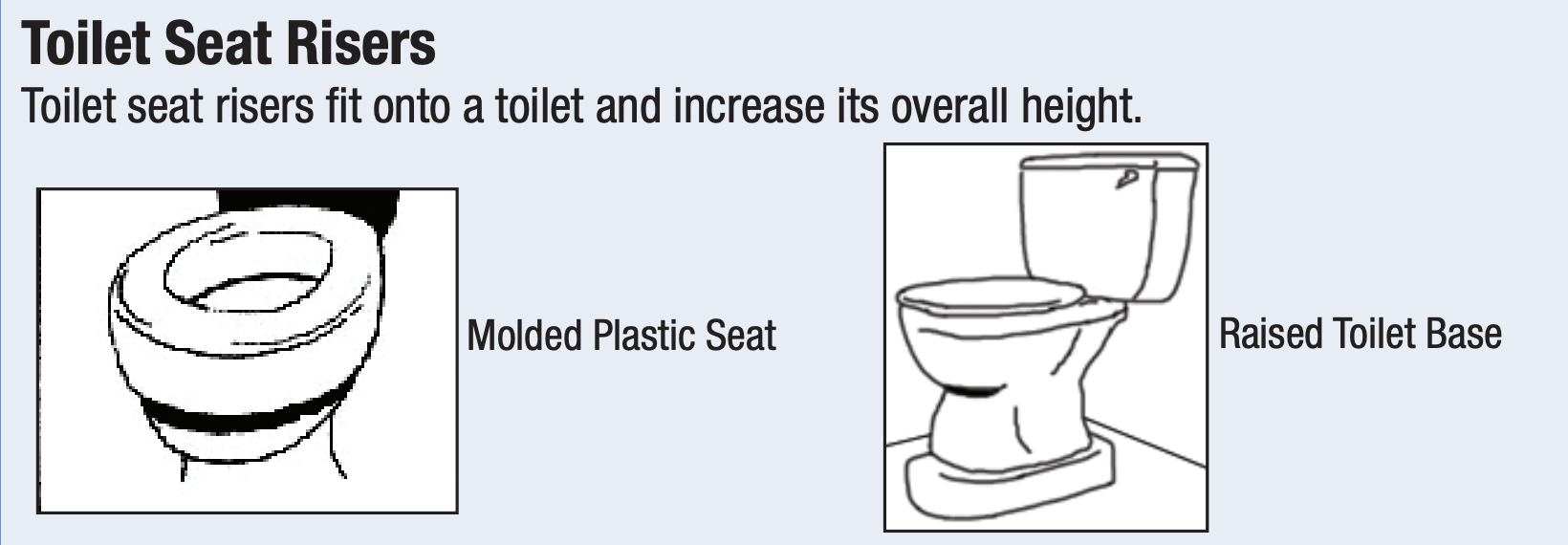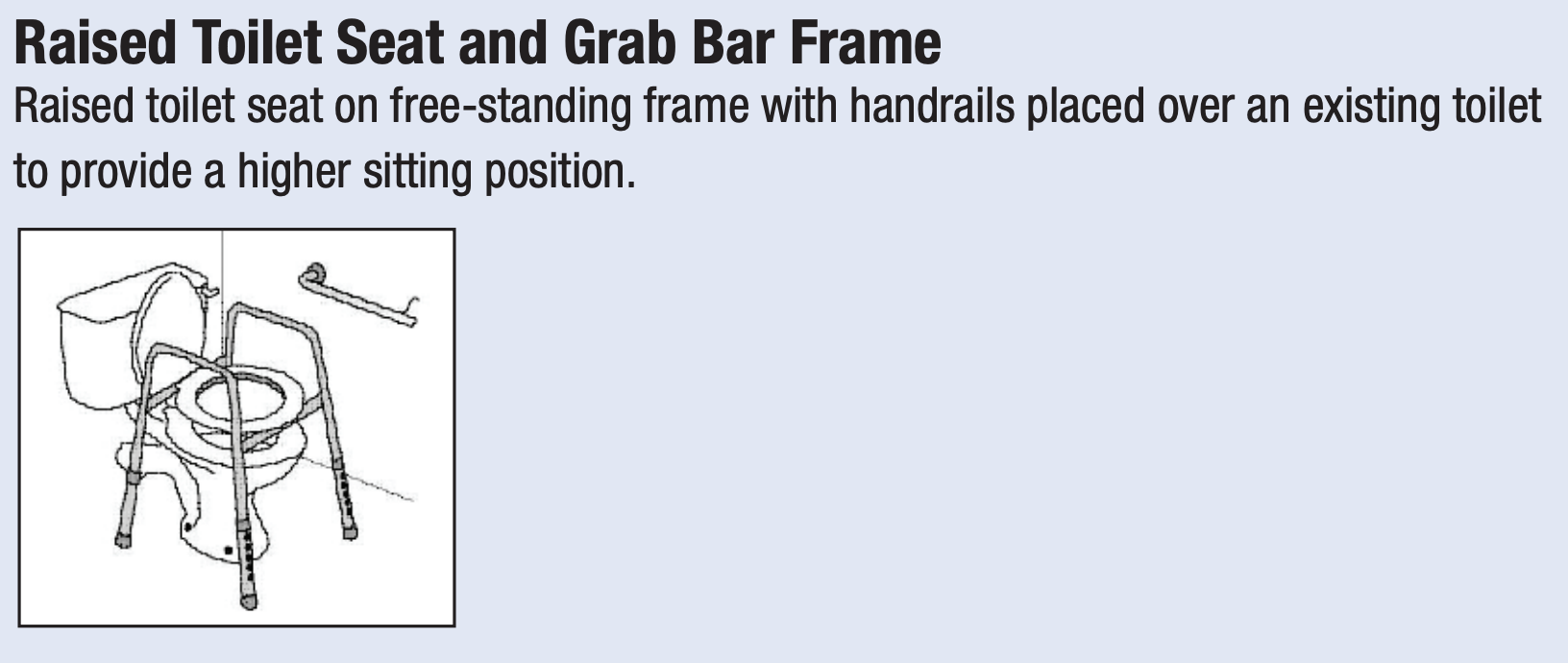Common Causes of Falls in the Home and How to Prevent Them
05/14/2022
Falls are a large cause of injury in the US every year, especially among the elderly. The CDC reports that, “more than one out of four older people falls each year.”1 What is perhaps more concerning is that the number of deaths caused by falls continues to rise, with an estimated “7 fall deaths every hour by 2030.”1
The good news is that you can help prevent many of these falls by addressing a few of the common contributing factors. From trip and slip hazards, to poor lighting and difficulty getting up and down, here are 4 common causes of falling and simple steps you can do to help reduce the risk for each:
Trip Hazards
Clutter is a common cause of tripping in homes – especially when left on the floor or stairs. Cords and rugs can also lead to a stumble when not carefully placed. To prevent tripping, walkways and stairways should be kept clear of excess objects, and care should be exercised when laying rugs to make sure they lay flat and do not catch while walking.
Slip Hazards
Slipping is not just a winter-weather problem – the elderly are at risk of slipping at home all year round. Rugs that slide on the floor, dusty or overly polished hard floor surfaces, and slippery tubs all pose falling hazards. To minimize slippage, floors should be kept clean but not overly polished. If rugs are needed, they should grip the floor and lay flat (so as not to also cause a tripping hazard). In the bathroom, bathmats should again be flat and not slide when stepped on, and you should consider using either non-slip stickers or a suction cup mat in the tub basin. You may also want to install a grab bar in the shower/bath to provide extra support.
Inadequate Lighting
Sometimes overlooked when making a space more elderly-friendly, improper lighting is another common cause of falls. Stubbing a toe because you can’t see well is an inconvenience, but falling and breaking a bone can be life-altering, so it’s important to make sure spaces are well lit. To get more light into dark spaces, you can replace the current bulbs with brighter ones (as long as they are within the wattage recommendations of the fixture) or add additional lighting. Just make sure if you are adding floor lamps that they are safely out of walkways and do not post a tripping hazard.
Difficulty Getting Up and Down
For people who have difficulty getting up and down, the home can be a challenging place to navigate on a day-to-day basis. The bathroom in particular is a source of frustration and frequent falls, often related to showering and toileting. We’ve already discussed a few options for making the shower a more fall-friendly place, including making the basin non-slip and adding a handrail, but there are a few things you can do to make getting on and off the toilet easier as well. Here are a few different options and points to consider for each:
- Automated Toilet Lift
Of all the available options, this one is the most sophisticated and seamless to use. Unlike the other options, the automated toilet lift is suitable for people who require maximum assistance getting on and off the toilet, as well as those who are heavier. Certain models also can be customized to the user’s needs with different accessories, like a bidet or bedside commode bucket. Installation is also very easy, as the units simply slip over your current toilet. Keep in mind that not all companies manufacture models that are friendly for small spaces or taller individuals, so look for a company like LiftSeat that makes compact yet very sturdy toilet lifts and accessories to accommodate nearly every bathroom and body size.
- Grab Bars
These are an inexpensive option and one of the most widely used. They are fairly easy to install and are a good option for someone who does not require much support/assistance getting on and of the toilet. However, for someone with weak upper body strength, grab bars may not provide sufficient support. Additionally, proper placement is crucial to correct use, so if the bathroom space does not allow to the grab bar to be placed at an appropriate distance and level, then it may not be useful and could potentially be hazardous.

- Toilet Seat Riser
This is also an inexpensive option and can be easily purchased at most drugstores and online medical supply retailers. To install, you typically only need to remove your existing toilet seat, and place the new, taller seat on top and lock into place (if the model offers a locking option). This is a suitable solution for someone who doesn’t need much assistance getting up and down, or someone who will only temporarily need assistance (i.e after a knee or hip replacement). Not all models lock onto the toilet bowl though, so they have the potential to shift and could post additional risk. Many also do not have any handlebars, and therefore may not be an ideal solution for people requiring more extensive and long-term assistance.

- Raised Toilet Seat/Commode
Affordable and simple to install, but providing a bit more support than toilet seat risers, these fit over top of the existing toilet and typically look much like a walker with a toilet seat on top and. Some can also be used as a bedside commode when sold with a removable bucket. You should be cautious however, as some models may not be sturdy and can shift when placed under weight, particularly with taller/heavier users.

Not all falls can be prevented, but you can help stop many in-home falls by taking time to remove common dangers. Decluttering and removing trip and slip hazards typically don’t cost anything beyond your time, and you can improve lighting for the cost of a few lightbulbs or a new lamp. Making the bathroom safer will take a bit more time, but it’s well worth it considering the overwhelming cost of a fall in terms of medical expenses, recovery time, caregiver fatigue.
References:
1. “Important Facts about Falls.” Centers for Disease Control and Prevention, Centers for Disease Control and Prevention, 10 Feb. 2017, www.cdc.gov/homeandrecreationalsafety/falls/adultfalls.html.
This content is not intended to be a substitute for professional medical advice, diagnosis, or treatment. Always seek the advice of your physician or other qualified health provider with any questions you may have regarding a medical condition.